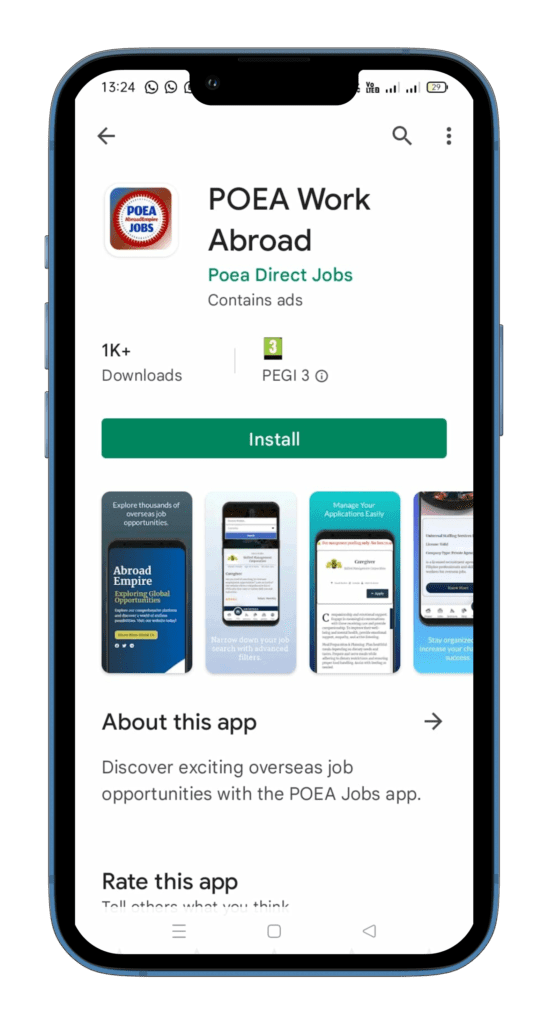In the face of a critical shortage of healthcare professionals in Canada, this article offers a guide on immigrating as a healthcare worker and obtaining accreditation for employment opportunities. Highlighting the urgency, a recent CTV News report recounted the challenges faced by three teenagers in Clinton, Ontario, who struggled to access timely treatment at their local hospital, which closed its emergency room early, compelling them to travel an additional 20 kilometers for medical assistance.
As Canada faces a pressing need for more healthcare workers, the closure of emergency rooms across the country continues to be a significant challenge. The scarcity of personnel is identified as a key problem in this unfolding narrative. In response to this issue, various immigration pathways have been established for foreign nationals seeking opportunities in the Canadian healthcare industry.
Express Entry – Targeting Healthcare Professionals
Introduced in June 2023, Express Entry category-based draws aim to address the shortage by targeting immigration candidates with specific work experience and skill proficiencies in healthcare for permanent residence in Canada.
Express Entry – Standard Draws
The “Standard” Express Entry draws encompass three programs: the Federal Skilled Worker Program (FSWP), the Federal Skilled Trades Program (FSTP), and the Canadian Experience Class (CEC). While these draws are open to all eligible candidates, healthcare professionals, particularly nurses, may find opportunities within the FSWP and the CEC.
Provincial Nominee Programs (PNPs) for Healthcare Professionals
Operated in most provinces and territories (excluding Quebec and Nunavut), PNPs offer a localized approach to address labor market challenges. Examples include Ontario’s Human Capital Priorities Stream, British Columbia’s Healthcare Professional category, Saskatchewan’s International Health Worker EOI pool (nurses), Nova Scotia’s Labour Market Priorities Stream, and New Brunswick’s Internationally Educated Nurses (IEN) program.
Accreditation for Foreign Healthcare Professionals
For foreign healthcare professionals, entering Canada is just the first step. Accreditation or licensing is essential to practice in a specific province or territory. The process involves reaching out to the appropriate regulatory body, completing an assessment through the National Nursing Assessment Service (NNAS), and applying to the provincial regulatory body.
Steps in the Accreditation Process
- Contact Regulatory Body: Upon arrival, connect with the regulatory body in the province, which varies depending on the type of nursing license required.
- National Nursing Assessment Service (NNAS): In most cases, complete an assessment through NNAS, verifying credentials against Canadian standards.
- Apply to Provincial Regulatory Body: After completing the assessment, apply to the provincial regulatory body for the intended practice location. Additional educational programs may be required to meet licensing requirements.
Note: The accreditation process varies by province, and internationally educated healthcare professionals may need to undergo additional licensing processes if relocating within Canada.
For more detailed information about the steps involved in the healthcare accreditation process in different Canadian provinces, refer to related articles on healthcare immigration and licensing processes.

